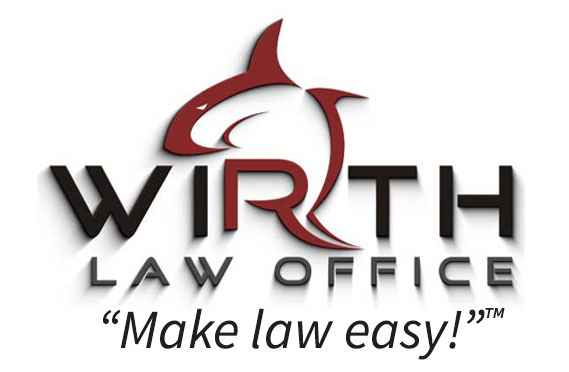Understanding the Presentation and Importance of Evidence
This is Wagoner Attorney Stuart Ericson, we’re talking about jury trials. We just talked about, you know, the state’s case, how the trial starts by calling witnesses and then the defense gets to cross-examine. So in the state’s case, they’re basically producing evidence.
Now, evidence can just be testimony, you know, sometimes there’s not a lot of physical evidence. There may not be fingerprints or video surveillance camera, it might just be, hey, I’m the alleged victim, this person attacked me, that’s who did it. This is what they did, like, so testimony is evidence and I would cross-examine that.
Now, in most cases, there’s some sort of evidence and the state of Oklahoma tries to produce photographs whether it be of injuries or of a door kicked in, bullets, you know, found at a scene, there might be fingerprint experts, there might be ballistics experts with a gun trying to match a gun that was found later, you know, they’d introduce the gun into evidence. So evidence can be a lot of things. It can be, you know, like I said, photographs, video surveillance, just testimony, things found at the scene, photographs of the scene, and all of that is documented.
Assessing and Objecting to Evidence
So again, I assess all of that before I begin a jury trial to know what they are going to be bringing in, are there any flaws in it, can I object to any of the evidence coming in, you know, for example, chain of custody, if an officer finds a gun somewhere and thinks it’s connected to the crime scene, you know, they have to have evidence or testimony. Who found the gun? Where did it go next? How did it get to the lab? How did it get, you know, to get the results? So I will cross-examine all that and if there is anything lacking, of course, I would object to the evidence.
You know, evidence has to be presented and authenticated properly and if there’s any problems with the admission of the evidence or if I think there is, I will object and try to keep evidence out. You know, like in a drug case, there may be a search warrant issue, you know, some of those things are done ahead of time, but again, the idea is to try to, evidence has to be presented lawfully by the state and if they’ve done anything unlawfully, either through motions or a trial, you’re going to try to keep that evidence out.
Types of Evidence and Testimony
So that is the type of evidence people ask me all the time and in a lot of different scenarios, you know, oh, can somebody just do an affidavit, do a written thing and present that to court and trial? No, they can’t. Jury trials and evidence and testimony has to be from the person who has the knowledge. You can’t have somebody write something down on a piece of paper and take it to a notary and I swear that it’s the truth and just put that in a trial. For the state of Oklahoma or the defense, that person has to testify and if they don’t testify, then that evidence doesn’t come in.
Now, you know, there are some exceptions. One exception is that preliminary hearing, if somebody testifies under oath at the preliminary hearing, they are subject to cross-examination and if the state can prove when jury trial comes that, hey, we have tried, you know, in a most reasonable way, we’ve tried to find this person, to subpoena them, to get them here to trial, we cannot, and then the state will sometimes ask to just read in the transcript, which again was under oath and subject to cross-examination. So there’s always exceptions to everything, but basically there is lots of different kinds of evidence. They’re all very important, whether to allow evidence or to keep it out and it’s all strategy. I would be thinking of our defense and how to tackle that with you.
Get Your Questions Answered and a Initial Strategy Session
So if you have any questions about jury trials, reach out to me, Oklahoma criminal defense lawyer Stuart Ericson at wagonerlawyer.com. We offer a initial strategy session at a low-cost to discuss your case and provide you with the guidance you need.







